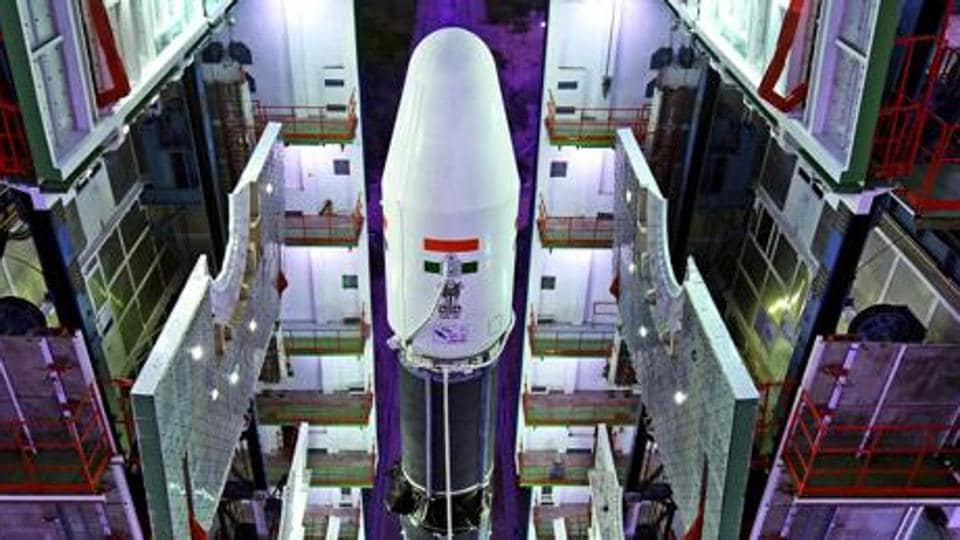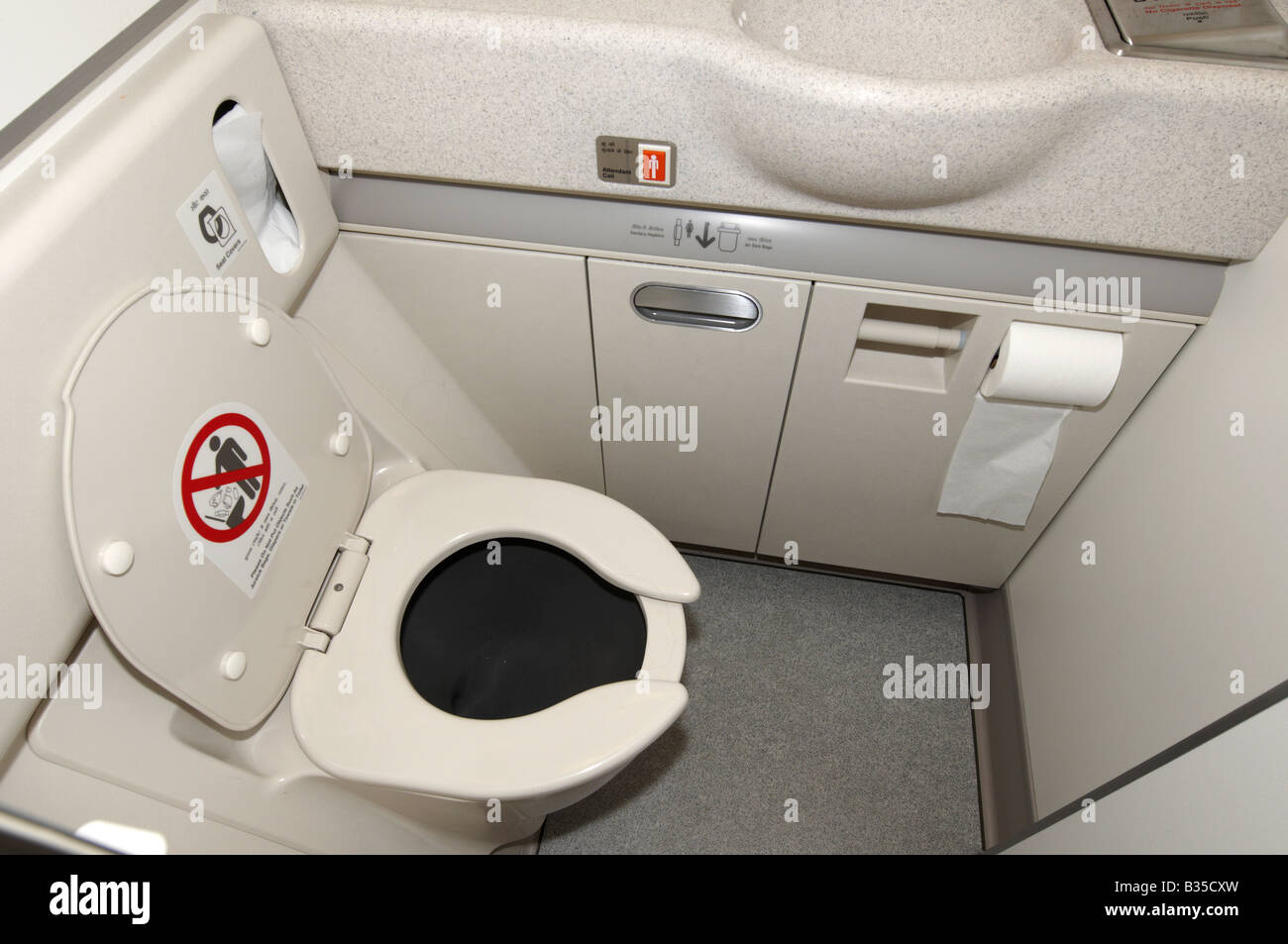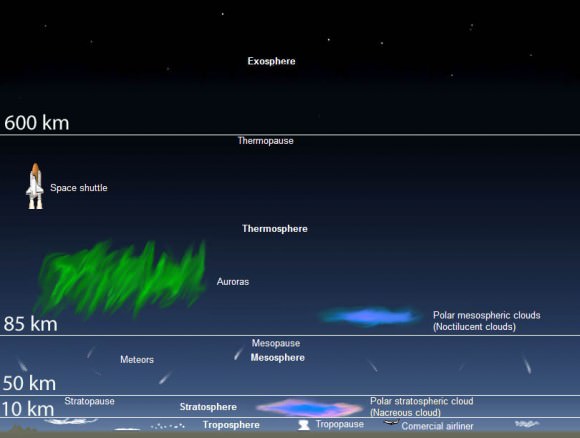https://www.hindustantimes.com/indi...ro-chairman/story-IeFhE7nJ4unCOxiA4AbVpL.html
Indian Space Research Organisation (ISRO) aims to take Indian astronauts into space to a height of 350-400 km above the earth and orbit around the planet for at least a week by 2022.
india Updated: Aug 15, 2018 20:11 IST
Indian Space Research Organisation (ISRO) chairman K Sivan said on Wednesday.
“We estimate that the human space mission will generate about 15,000 jobs over the next few years,” Sivan told IANS.
The ISRO wants to take up the manned spaceflight in collaboration with multiple state-run scientific institutions, academia, industry and start-ups.
The space agency aims to take Indian astronauts into space to a height of 350-400 km above the earth and orbit around the planet for at least a week by 2022. The astronauts will also be conducting experiments in space, details of which are yet to be decided by ISRO.
“The human spaceflight will be a national project and not just ISRO’s, as we will be collaborating with several institutions, academia and the industry,” Sivan told reporters here.
The ISRO will be working with the Institute of Aerospace Medicine in Bengaluru for training the crew and the Indian Air Force, which will select the crew, as well as with the private sector, which will be involved in research and development, Sivan said.
The ISRO chairman addressed the press conference in this tech hub hours after Prime Minister Narendra Modi announced in his Independence Day address in New Delhi the country’s plan to put an Indian into space by 2022 on its own.
Admitting that the space agency was “surprised” by the Prime Minister’s human space mission announcement, Sivan said the technological preparations for the project were on track since 2004.
“The announcement came to us as a surprise. We were not expecting it,” Sivan said, adding that ISRO, however, has been developing several critical technologies required for the mission like the crew module and the crew escape system.
“It is not an unrealistic schedule. We are confident of achieving it even before 2022,” Sivan said.
The opportunity of exploring space will enhance the country’s science and technological capabilities, while inspiring the youth, he added.
India’s attempt to reach space by 2022 is about six decades after a Russian cosmonaut Yuri Gagarin became the first human to journey into outer space and orbit the earth in 1961.
The US, Russia and China are the only three nations to have launched manned space flights.
The ISRO is yet to finalise the exact timeline of tests before a manned mission can take off, as it plans to have two unmanned test flights onboard a Geosynchronous Satellite Launch Vehicle (GSLV) Mk 3.
In the run-up to the first manned mission, said to be the largest project undertaken by the Indian space agency, the ISRO will conduct the next unmanned test flight by 2020.
“There will be two unmanned flights before the manned mission, for which the astronaut suit is also being developed,” said Sivan.
The ambitious human space mission is expected to cost about Rs 10,000 crore, in addition to the already spent Rs 300-crore in developing the technologies for the mission, like the crew module.
***************
Technically, objects in low-Earth orbit are at an altitude of between 160 to 2,000 km (99 to 1200 mi) above the Earth’s surface. Any object below this altitude will being to suffer from orbital decay and will rapidly descend into the atmosphere, either burning up or crashing on the surface. Objects at this altitude also have an orbital period (i.e. the time it will take them to orbit the Earth once) of between 88 and 127 minutes.
Objects that are in a low-Earth orbit are subject to atmospheric drag since they are still within the upper layers of Earth’s atmosphere – specifically the thermosphere (80 – 500 km; 50 – 310 mi), theremopause (500–1000 km; 310–620 mi), and the exosphere (1000 km; 620 mi, and beyond). The higher the object’s orbit, the lower the 1atmospheric density and drag.
LEO aim for attitudes between 160 to 1000 km (99 to 620 mi).
Characteristics:
Within the thermosphere, thermopause and exosphere, atmospheric conditions vary. For instance, the lower part of the thermosphere (from 80 to 550 kilometers; 50 to 342 mi) contains the ionosphere, which is so-named because it is here in the atmosphere that particles are ionized by solar radiation. As a result, any spacecraft orbiting within this part of the atmosphere must be able to withstand the levels of UV and hard ion radiation.
The Exosphere, which is outermost layer of the Earth’s atmosphere, extends from the exobase and merges with the emptiness of outer space, where there is no atmosphere. This layer is mainly composed of extremely low densities of hydrogen, helium and several heavier molecules including nitrogen, oxygen and carbon dioxide (which are closer to the exobase).
In order to maintain a Low-Earth Orbit, an object must have a sufficient orbital velocity. For objects at an altitude of 150 km and above, an orbital velocity of 7.8 km (4.84 mi) per second (28,130 km/h; 17,480 mph) must be maintained. This is slightly less than the escape velocity needed to get into orbit, which is 11.3 kilometers (7 miles) per second (40,680 km/h; 25277 mph).
Despite the fact that the pull of gravity in LEO is not significantly less than on the surface of Earth (approximately 90%), people and objects in orbit are in a constant state of freefall, which creates the feeling of weightlessness.
the vast majority of human missions have been to Low Earth Orbit.
The International Space Station also orbits in LEO, between an altitude of 320 and 380 km (200 and 240 mi). And LEO is where the majority of artificial satellites are deployed and maintained.
For one, the deployment of rockets and space shuttles to altitudes above 1000 km (610 mi) would require significantly more fuel. And within LEO, communications and navigation satellites, as well as space missions, experience high bandwidth and low communication time lag (aka. latency).
For Earth observation and spy satellites, LEO is still low enough to get a good look at the surface of Earth and resolve large objects and weather patterns on the surface. The altitude also allows for rapid orbital periods (a little over one hour to two hours long), which allows them to be able to view the same region on the surface multiple times in a single day.
And of course, at altitudes between 160 and 1000 km from the Earth’s surface, objects are not subject to the intense radiation of the Van Allen Belts. In short, LEO is the simplest, cheapest and safest location for the deployment of satellites, space stations, and crewed space missions.




















